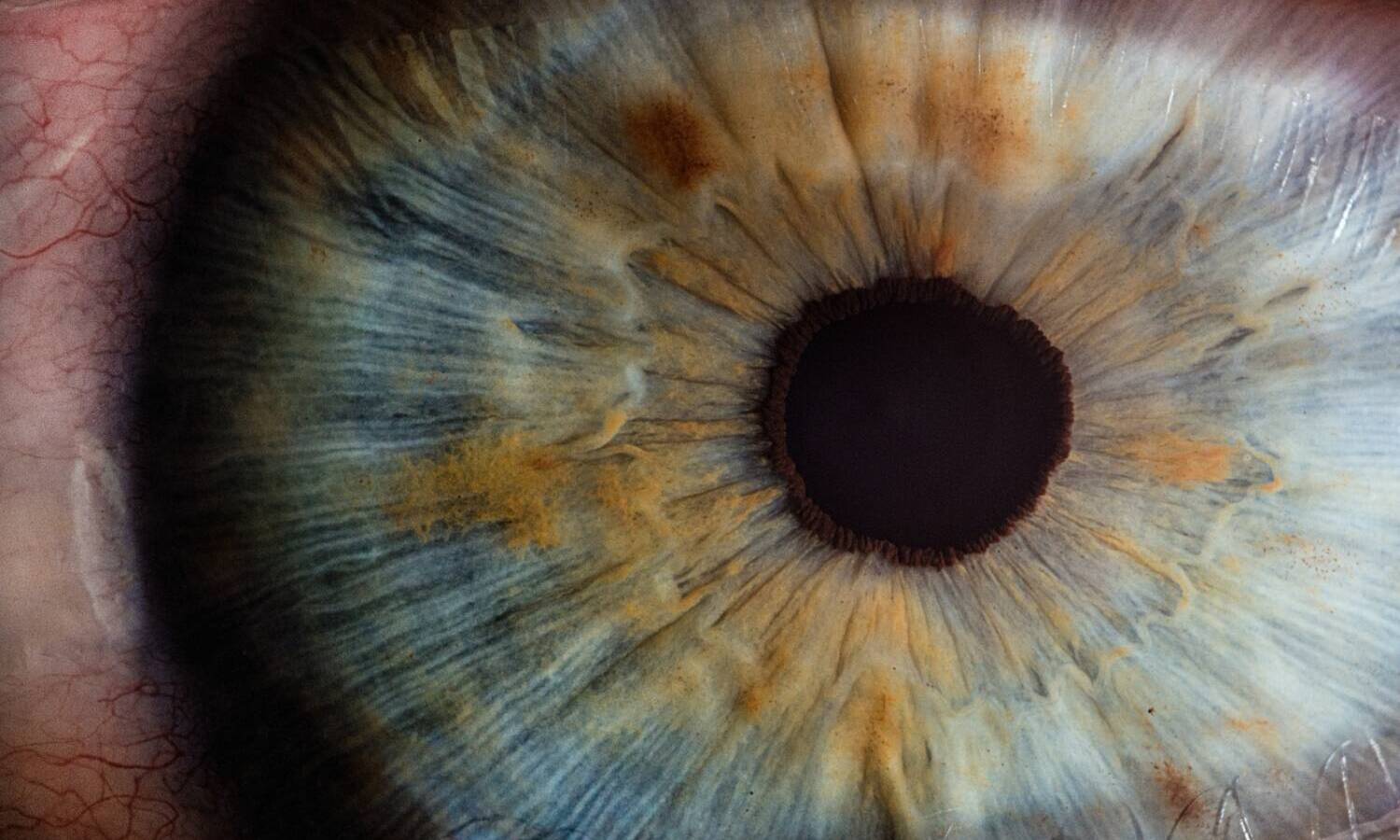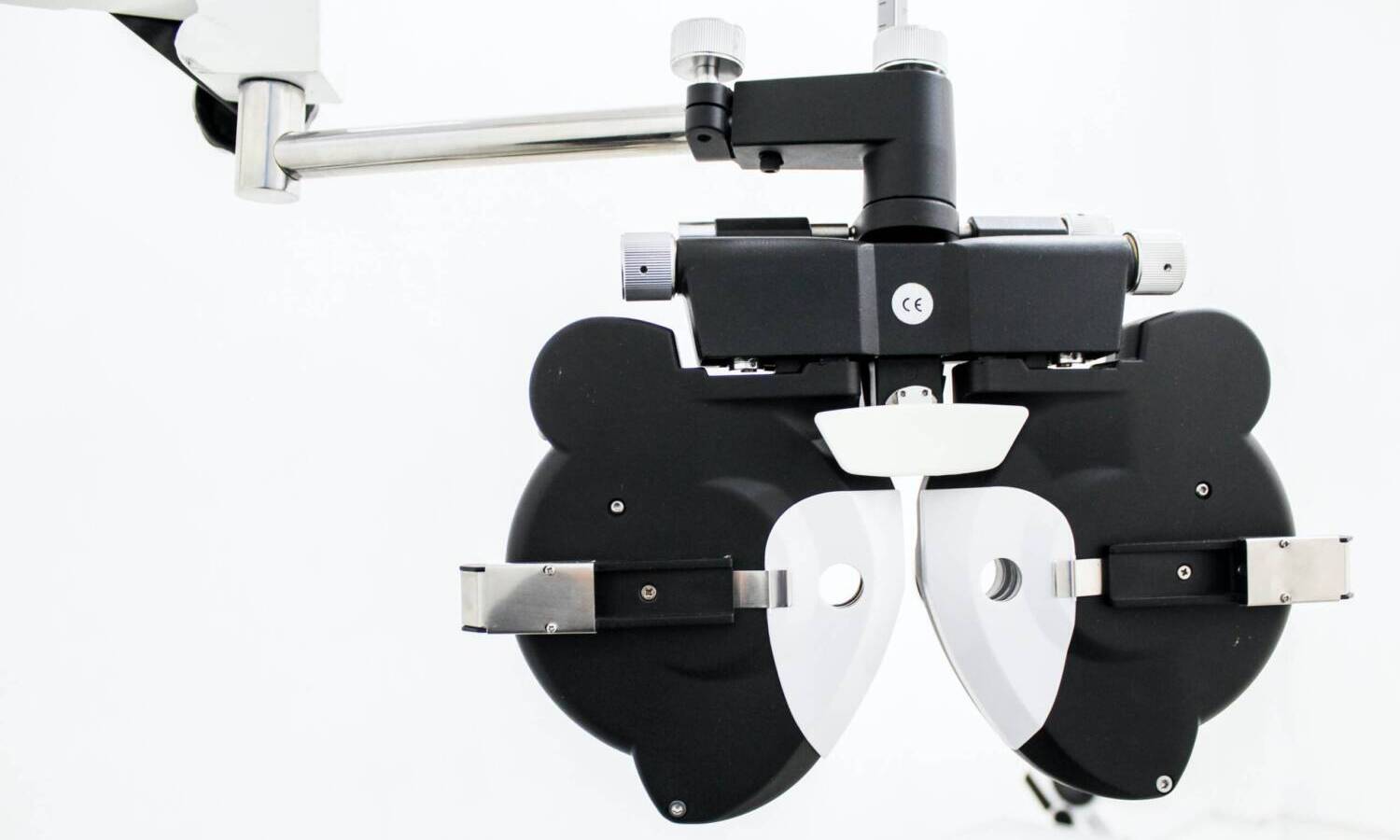Marijuana has been shown to help relieve certain types of pain, nausea, and vomiting, as well as some mental health disorders. But what about glaucoma?
For years, patients with glaucoma have been prescribed marijuana in order to lower their intraocular pressure (IOP). Glaucoma is a progressive optic neuropathy that can lead to blindness, and it is the leading cause of blindness in the United States. In states where marijuana is legal for medical use, glaucoma is one of the qualifying conditions for which cannabis may be prescribed.
Glaucoma is a group of eye diseases that damage the optic nerve. It is the second leading cause of blindness in the world. Early detection and treatment of glaucoma is essential to preserving vision.
There are often no symptoms in the early stages of glaucoma. As the disease progresses, symptoms may include: Eye pain, blurred vision, halos around lights, seeing colored dots or rainbows around lights, difficulty seeing at night and sudden loss of vision.

RELATED: Glaucoma And Medical Marijuana: 5 Informative Facts
The cannabinoids in marijuana reduce the production of fluid in the eye, which decreases the pressure on the optic nerve. Marijuana stimulates the release of toxins from the cells in the eye, which helps to improve vision. Marijuana has anti-inflammatory properties, which helps to reduce the damage caused by glaucoma.
Medical marijuana has been legalized in many states for the treatment of various illnesses. One such illness is glaucoma, a condition that can lead to blindness if not treated. While marijuana has been shown to be effective in reducing the pressure in the eye caused by glaucoma, it also has some side effects.
Marijuana is the most commonly used illicit drug in the United States. According to Glaucoma Today, marijuana is also the most commonly used substance in glaucoma therapy. The purpose of this statement is to review the side effects of marijuana use in patients with glaucoma.
The use of medical marijuana for the treatment of glaucoma has been around for centuries. There are some side effects associated with the use of medical marijuana. These side effects can include dry mouth, drowsiness, and difficulty with concentration.
Cannabis has been shown to help lower intraocular pressure, but there are many other factors to consider when it comes to marijuana and glaucoma. In this article, we have explored the links between the two and tried to separate fact from fiction.


